I'm new to KNIME and trying to use ARIMA for extrapolation of my time series data. But I've failed to make ARIMA Predictor to do it's work.
Input data are of the following format
year,cv_diff
2011,-4799.099999999977
2012,60653.5
2013,64547.5
2014,60420.79999999993
And I would like to predict values for example for 2015 and 2016 years.
I'm using String to Date/Time node to convert year to date. In ARIMA Learner I can choose only cv_diff field. And this is the first question: for option 'Column containing univariate time series' should I set year column or variable that I'm going to predict? But in my case I have only one option - cv_diff variable. After that I connect Learner's output with ARIMA Predictor's input and execute. Execution is failing with ' ERROR ARIMA Predictor 2:3 Execute failed: The column with the defined time series was not found. Please configure the node anew.'
Help me to understand which variable should I set for Learner and Predictor? Should it be non-timeseries variable? And how then Arima nodes will understand which column to use as time series?
